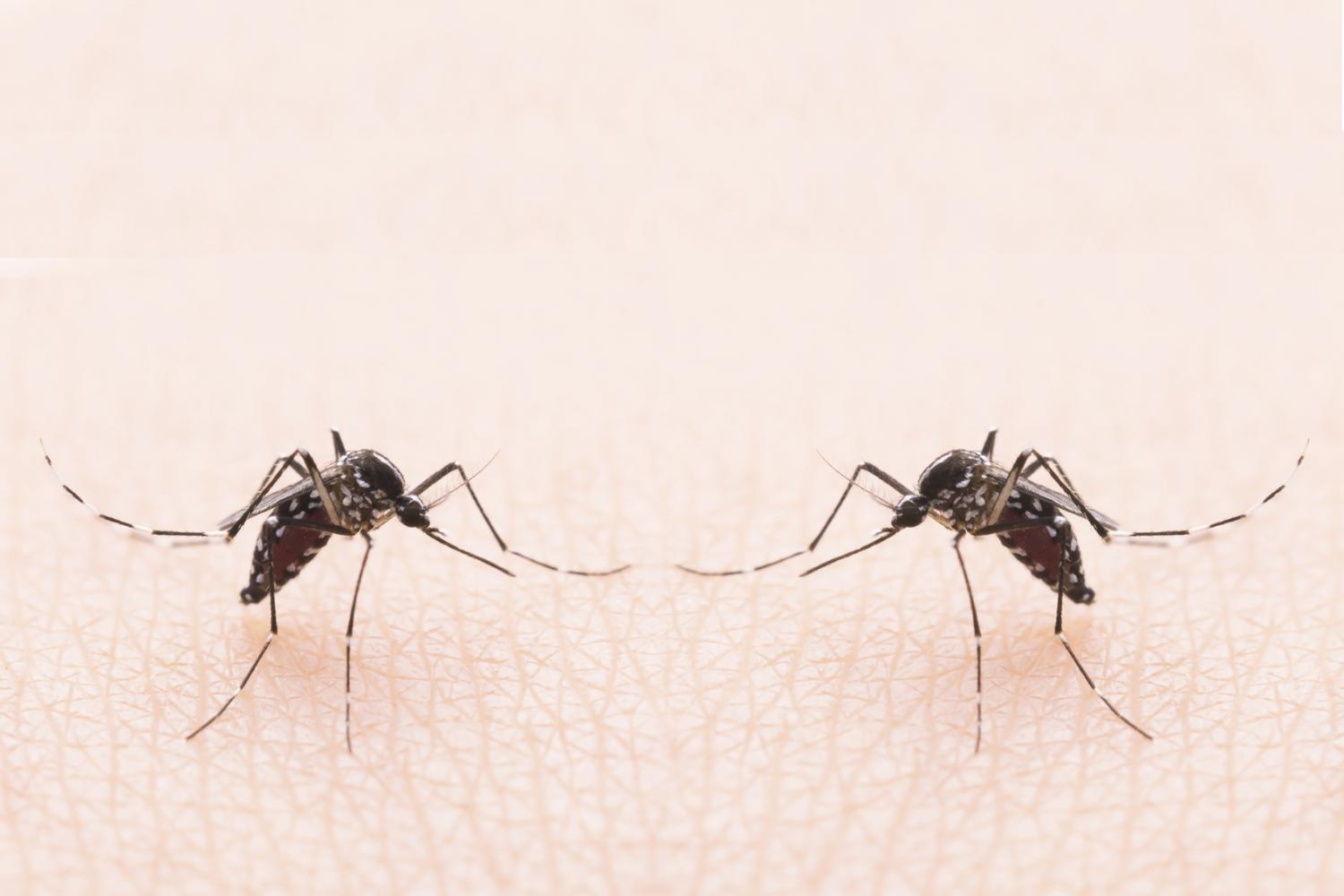Today in the New England Journal of Medicine Chinese researchers have published positive trial results of simnotrelvir, an oral antiviral that can shorten the duration of mild to moderate COVID-19 symptoms.
Unlike with Paxlovid or other antivirals tested against the virus, the simnotrelvir trial was conducted on mostly healthy young adults, none of whom had severe symptoms. The study included 1,208 patients enrolled at 35 sites in China; 603 were assigned to receive simnotrelvir, and 605 to receive placebo. The study ran from August to December 2022.
The formulation used in the study included ritonavir added to simnotrelvir, which acted as a booster to the antiviral. The average age of study participants was 35, and approximately 50% had a comorbidity such as obesity.
Symptoms reduced by 1.5 days
Among patients who began treatment within 72 hours of symptom onset, the length of COVID-19 symptoms was on average 36 hours shorter in the simnotrelvir group (180.1 hours; 95% confidence interval [CI], 162.1 to 201.6] than in the control group (216.0 hours; 95% CI, 203.4 to 228).
Viral loads were also significantly lower among the treatment group by day 5, dropping 30-fold more than loads seen in the control group.
Simnotrelvir was associated with an additional decrease in viral load until day 9.
"Simnotrelvir had more benefits for the alleviation of respiratory symptoms than placebo. In addition, simnotrelvir was associated with an additional decrease in viral load until day 9," the authors wrote.
The researchers noted a higher incidence of adverse events during treatment in the simnotrelvir group than in the placebo group (29.0% vs 21.6%), but most adverse events were mild or moderate. Notably, the treatment group had an increase in blood triglyceride levels, a phenomenon seen with the use of other antivirals.
No study participants died.















